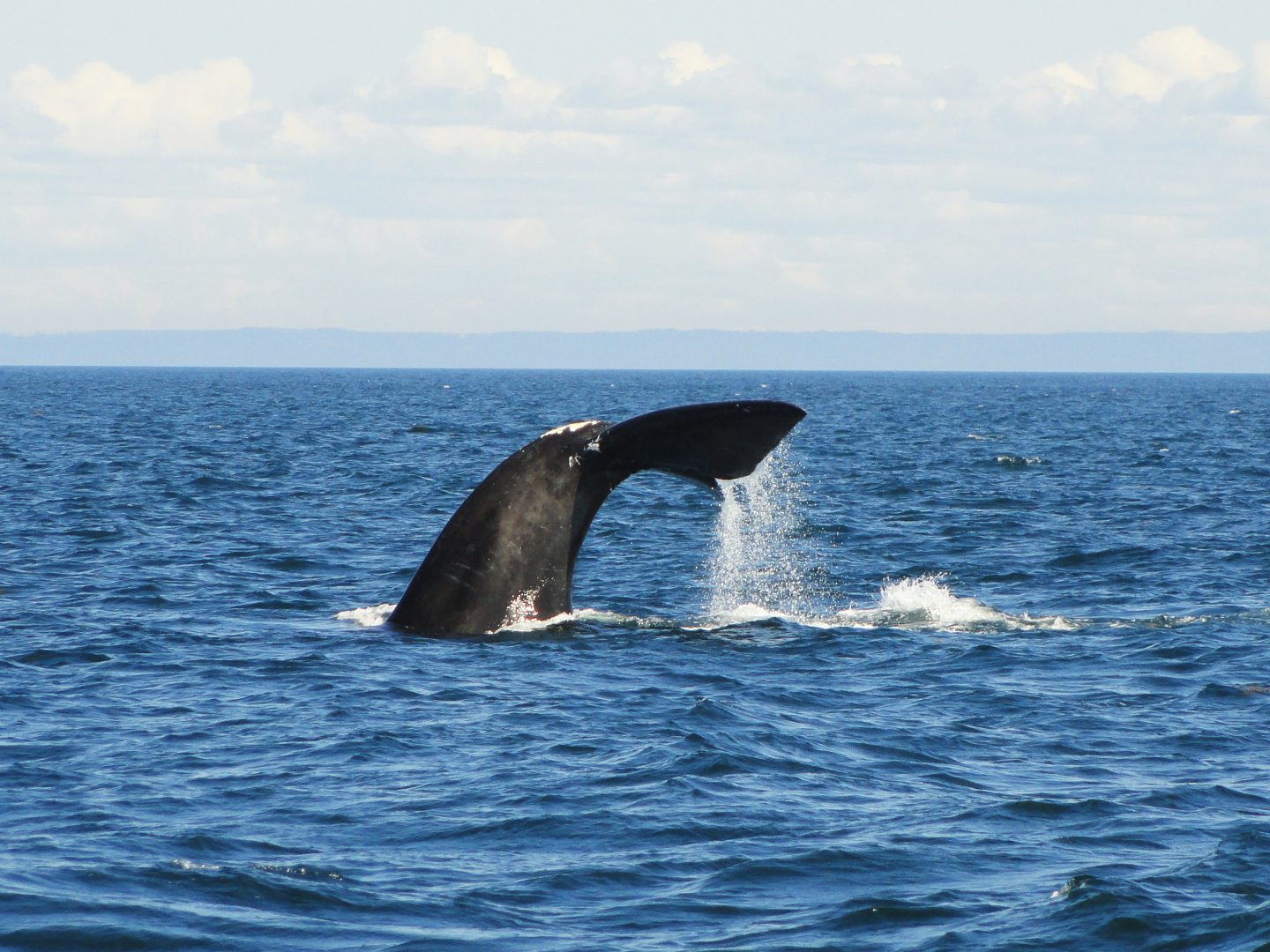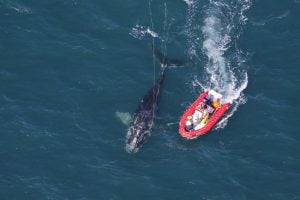
Wildlife
Punctuation’s mark: Can we save the critically endangered North Atlantic right whale?
After a series of mass deaths in recent years, what can we do?
- 4110 words
- 17 minutes
This article is over 5 years old and may contain outdated information.
Wildlife

In the wake of ten unprecedented deaths of North Atlantic right whales this summer, federal Fisheries Minister Dominic LeBlanc announced Aug. 3 that “the government of Canada will bring all of the resources necessary to bear, to ensure that every possible measure is in place” in order to protect both the endangered species and the people that work near these animals.
LeBlanc said the recent deaths, which have all occurred in the Gulf of St. Lawrence, “represent an extraordinary challenge.” He emphasized that fishing industries showed a keen interest in cooperating with Fisheries and Oceans Canada, and that his department is working closely with Transport Canada in assessing solutions. “Every option to protect right whales is on the table,” said LeBlanc.
According to preliminary necropsy reports, blunt force trauma—possibly due to collisions with vessels, contributed to the death of three of the whales, while net entanglement is thought to be the cause of death of another whale. Necropsy reports for the other carcasses are yet to be completed, and a full report is expected for mid-September. Around 500 of these critically endangered species are thought to remain.
The fisheries department has closed Snow Crab Fishing Area 12 in the Gulf of St. Lawrence and will be conducting surveillance flights in the Gulf of St. Lawrence to determine the position of right whales, as well as find any other carcasses. They’ve also requested mariners to reduce their speed in the Laurentian channel between the Magdalen Islands and Gaspé Peninsula until the end of September and for fishermen to report sightings of whales.
Are you passionate about Canadian geography?
You can support Canadian Geographic in 3 ways:

Wildlife
After a series of mass deaths in recent years, what can we do?

Wildlife
The death and entanglement of 17 of the endangered mammals last summer spurred an unprecedented effort to make the Gulf of St. Lawrence safer — but will it be enough?

Wildlife
Plus even more whale news: grey whale die off declared over, using forensics to investigate humpbacks, a new species of orca, and a sad spate of right whale calf deaths

People & Culture
The Charter goals and Indigenous people living in Canada